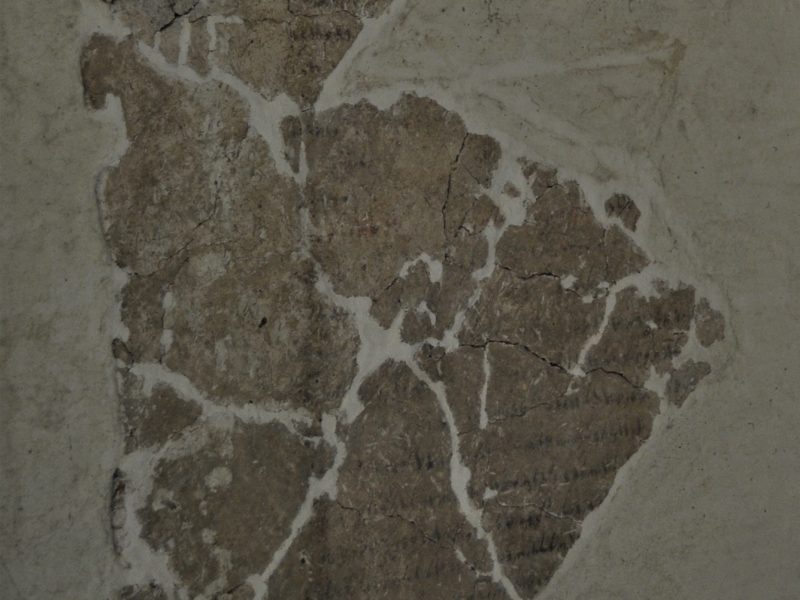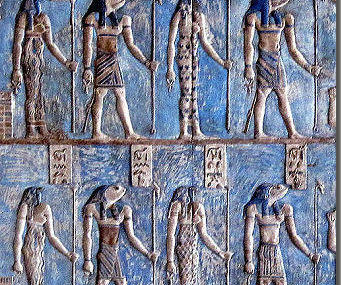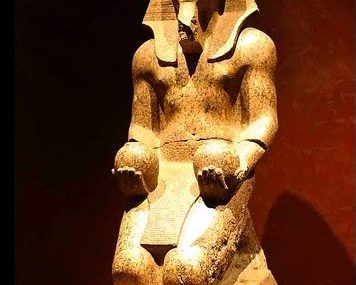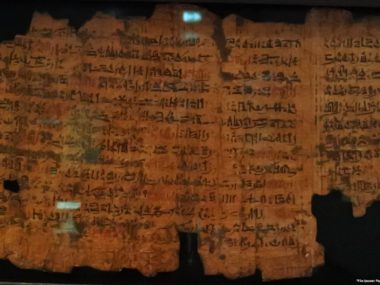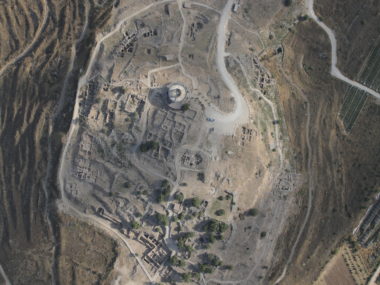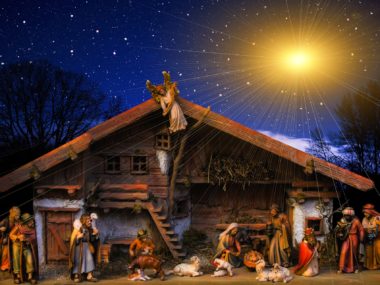Deir Alla Inscription
Date: 9th century BC
Discovered: Succoth (Deir Alla, Jordan)
Period: Wandering
Keywords: Balaam; curse; seer; prophecy; Balak; Aramaic
Bible Passages: Numbers 22:5–24:25; 31:8, 16; Deuteronomy 23:3–5
Adapted from: Unearthing the Bible. Copyright © 2020 Titus Kennedy. Published by Harvest House Publishers, Eugene, Oregon 97408. www.harvesthousepublishers.com. The views expressed reflect those of the author, and not necessarily those of New Creation.
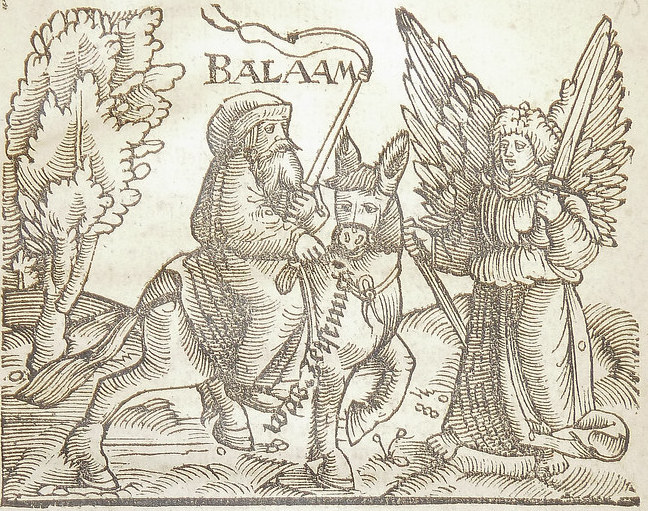
An Aramaic text referred to as the Balaam Inscription was discovered during excavations at Deir Alla, Jordan, which has been identified as the probable site of ancient Succoth near the Jordan River. Using plaster as the medium, the poetic text had been written on a wall with black and red ink in the 9th century BC, although it told a story from centuries earlier. So far, 119 fragments have been recovered and pieced together. Although the text is still incomplete, it is significant because of its historical and religious information, and its status as one of the oldest existing pieces of Aramaic literature.
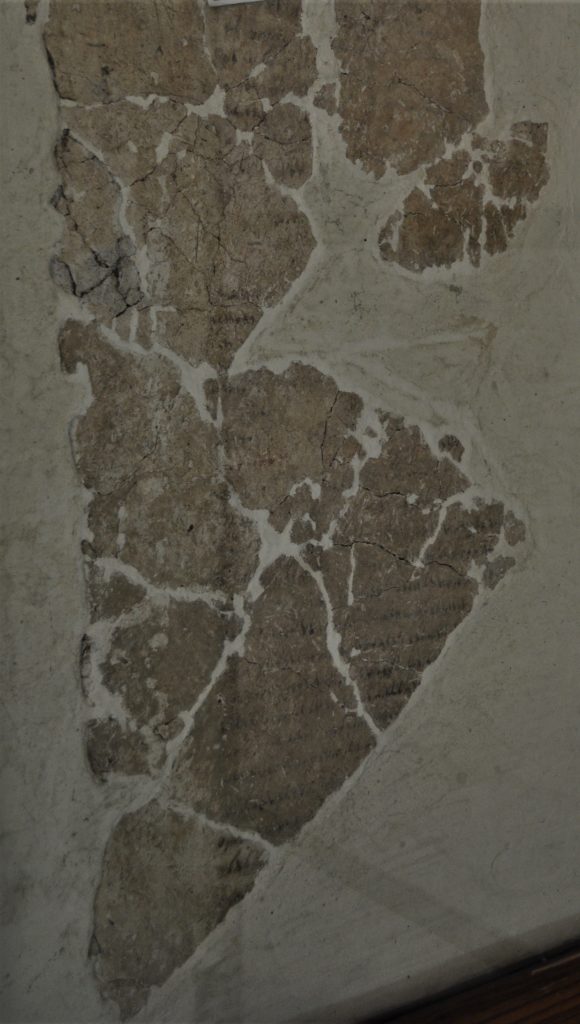
The story relates how a man named Balaam, son of Beor, described as a seer or prophet, received a divine message at night from the gods. Specifically the god El is noted, and Balaam was told that darkness and chaos would be coming to the land due to the work of hostile divinities. In this narrative, Balaam went through various religious rituals in an attempt to appease the gods. This section is followed by mention of the underworld. Then, the people apparently rejected, condemned, and banned Balaam and his message, but the text is unclear because of its fragmentary condition.
The careful and artistic composition of this text memorialized on the wall of a building indicates the importance of the story of Balaam the seer. During the Israelite wandering period, Balaam, the son of Beor from Pethor in Mesopotamia, was noted as a famous seer or prophet of great reputation and was paid by King Balak of Moab to curse the Israelites, although Balaam eventually announced oracles of blessings from Yahweh upon the Israelites instead of curses.
The existence of the Balaam Inscription demonstrates that in ancient times Balaam, son of Beor, was known as a famous seer in the area on the east side of the Jordan River where the events recorded in the book of Numbers took place.
So he sent messengers to Balaam son of Beor...So the elders of Moab and the elders of Midian departed with the fees for divination in their hand; and they came to Balaam (Numbers 22:5,7).

